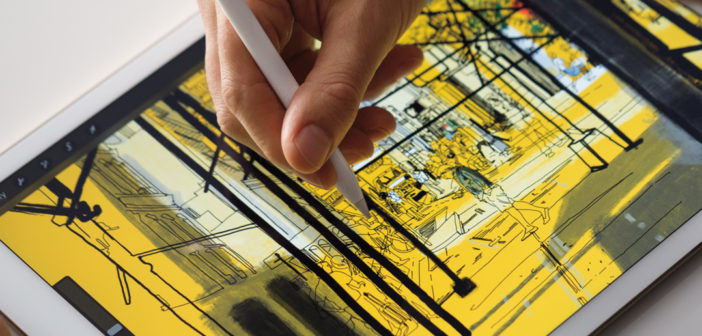Average selling prices climb 9% in second quarter 2016
While fewer tablets were shipped in the second quarter of this year compared to the previous quarter, the market is stabilising thanks to an increase in the average selling prices (ASPs) of the devices, a new report has stated.
Global tablet shipments fell 8% year on year in the second quarter of 2016 to 46.7 million units, yet were flat sequentially, while ASPs went the other way, climbing 9% during the same period, according to figures from Strategy Analytics.
Consumers and enterprises alike are buying more pro slates (eg, iPad Pro, Surface Pro 4) than ever before as prices reach tolerable levels and as computing behaviours and needs shift toward more mobility and touchscreen interfaces, according to a new report from Strategy Analytics’ tablet and touchscreen strategies service.
Apple iOS shipments came in at 10 million iPads in the second quarter 2016 leaving it with a worldwide market share of 21% of the tablet market. The 10 million shipments in the second quarter 2016 declined 9% annually and 3% sequentially. The second quarter 2016 represented the first full quarter of iPad Pro 9.7 sales, which helped drive ASPs to $490 and contributed to the best quarter Apple has had in two years.
Android branded vendors shipped 30.1 million units among them worldwide in the second quarter 2016, down 15% from 35.2 million a year earlier and flat sequentially. Marketshare has fallen to 64% as high growth of Windows tablet shipments squeeze Android tablets.
There is a reordering underway among Android vendors in the middle tier so even though shipments by large vendors like Samsung have fallen, smaller vendors like Huawei, Amazon, and TCL-Alcatel continue to expand their reach, noted Strategy Analytics.
Meanwhile, Windows shipments grew 43% year on year at 6.7 million units in the second quarter 2016, from 4.6 million in the second quarter 2015, reaching 14% marketshare. Shipments climbed 5% sequentially.
Strategy Analytics stated that Windows share continues to improve as more models are launched by traditional PC vendors and mobile-first vendors alike, as Microsoft expands its Surface distribution and line up, and white box vendors sell more Windows tablets.
Peter King, Strategy Analytics service director, tablet and touchscreen strategies service, said: “iPad has marked 10 quarters of annual shipment declines but some light is now visible at the end of the tunnel. In the same way that Windows tablets gained market share with a wide range of premium to low tier two in one tablets, Apple is riding consumer and enterprise demand for two in one’s with multiple price tiers of buy-in to its vision of what a converged computing device can achieve.
Meanwhile, Android has not been able to break out of its cost conscious, entertainment-focused roots and until true multi-tasking is available across the installed base, this perception will remain reality. Still, low cost traditional slate tablets devoted to entertainment do hold value for consumers, reflected in Android’s 64% share,” he added.
Eric Smith, senior analyst, tablet and touchscreen strategies service, commented: “Mobile-first vendors are putting pressure on the industry to release more reasonably priced, yet still powerful, two in one tablets. Apple, Huawei, and Samsung are just the latest companies to join the segment at a time when consumers and enterprises are more receptive to the functionality and affordability of these converged computing devices. In return, higher average selling prices of two in one tablets, compared to traditional slates, have returned more profit back to tablet vendors across the spectrum as people around the world begin making the choice between upgrading their PCs, tablets, or just going with one converged two in one device for the home and business.”





